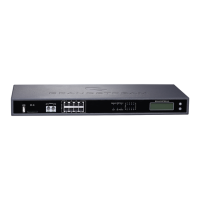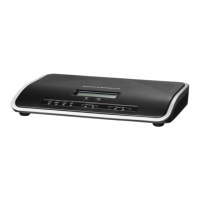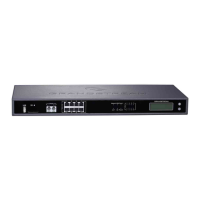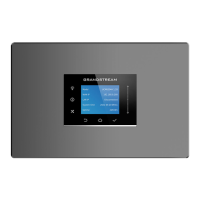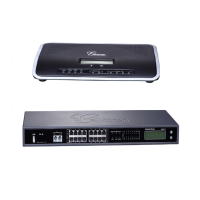P a g e | 222
UCM6510 IP PBX User Manual
Version 1.0.20.31
CALL ROUTES
Outbound Routes
Configuring Outbound Routes
In the UCM6510, an outgoing calling rule pairs an extension pattern with a trunk used to dial the pattern.
This allows different patterns to be dialed through different trunks (e.g., "Local" 7-digit dials through an FXO
while "Long distance" 10-digit dials through a low-cost SIP trunk). Users can also set up a failover trunk to
be used when the primary trunk fails.
Note: UCM6510 supports now 500 Outbound routes.
Go to Web GUIExtension/TrunkOutbound Routes to add and edit outbound rules.
Click on "Create New Outbound Rule" to add a new outbound route.
Click on to edit the outbound route.
Click on to delete the outbound route.
On the UCM6510, the outbound route priority is based on “Best matching pattern”. For example, the
UCM6510 has outbound route A with pattern 1xxx and outbound route B with pattern 10xx configured.
When dialing 1000 for outbound call, outbound route B will always be used first. This is because pattern
10xx is a better match than pattern 1xxx. Only when there are multiple outbound routes with the same
pattern configured, users can click on to move the outbound route up/down to arrange
the priority among those outbound routes.
Table 66: Outbound Route Configuration Parameters
Configure the name of the calling rule (e.g., local, long_distance, and etc).
Letters, digits, _ and - are allowed.
All patterns are prefixed with the "_".
Special characters:
X: Any Digit from 0-9.
Z: Any Digit from 1-9.
N: Any Digit from 2-9.
".": Wildcard. Match one or more characters.
"!": Wildcard. Match zero or more characters immediately.
Example: [12345-9] - Any digit from 1 to 9.
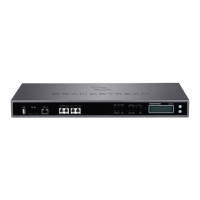
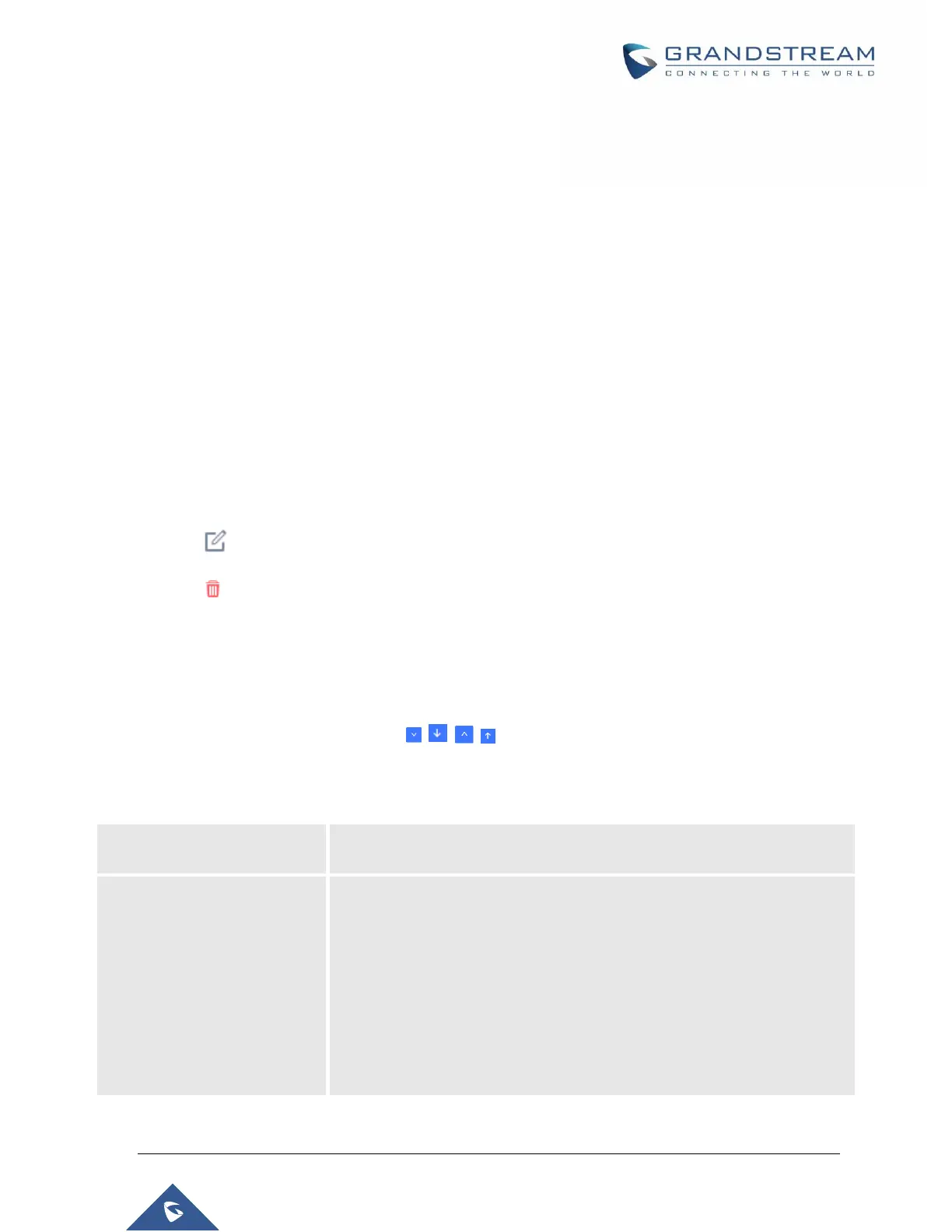